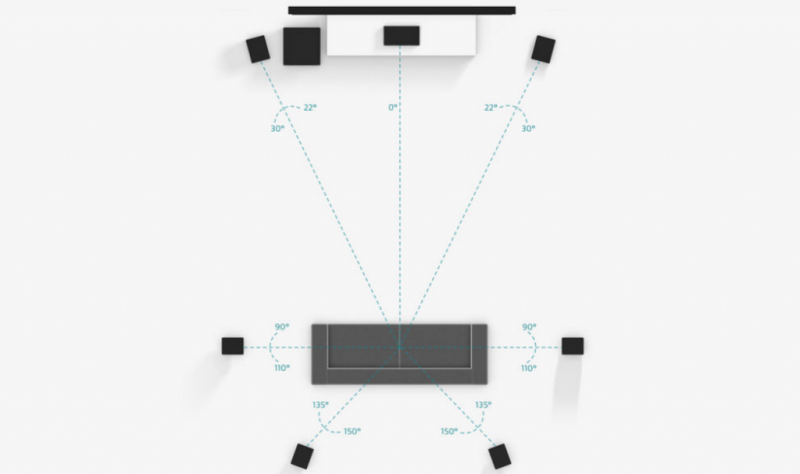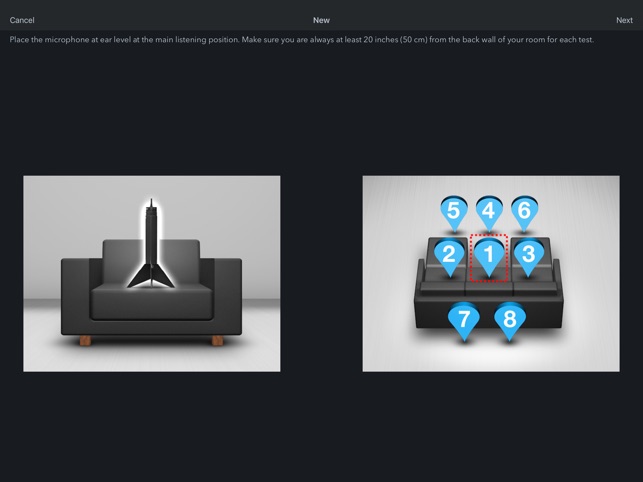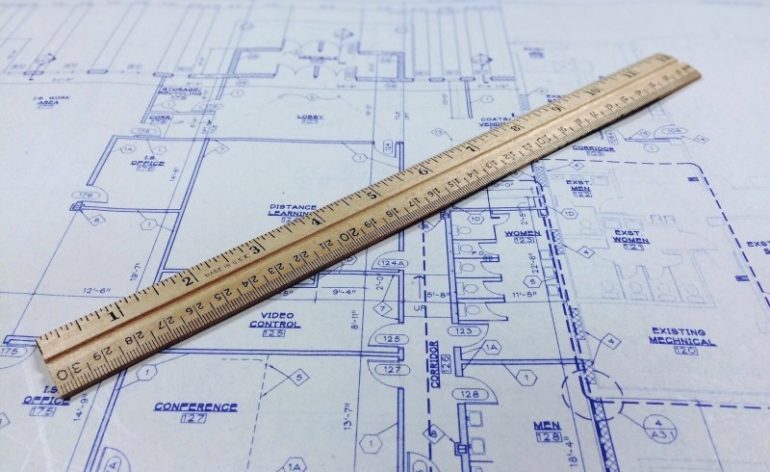I Don’t Have Perfect Placement And I Don’t Care!
My editor and I have written about Gatekeeping in this hobby. Gatekeepers are the slimy underbelly of almost every hobby that has “enthusiasts.” However, in our particular pursuit, home theater and AV, placement of equipment is one hotly debated area. Browse any forum that allows you to share pictures of your setup, and some “purist” will quickly tell you that your gear is in the wrong location. Well, I am here to tell you that I don’t have perfect placement and I don’t care! And there are lots of reasons why placement isn’t the end-all-be-all. Let’s discuss.
So Why Have “Perfect” Placement?
So the obvious answer is that most manufacturers of AV gear have ideal distances and placement to get the most out of their gear. Dolby has created several guides over the years that illustrate the “perfect” placement for speakers. The guides tell us where to put speakers, the height from the ground and ceiling, and the distance from other speakers. All of this is so we can get the effect that the sound mixers intended.

I must stress that these are guides. That’s right, folks. Not laws that can’t be broken, lest you find yourself in Reddit Jail. But even if you stray outside of the recommended placement, you can still have good sound. How you ask? Keep reading.
Head Related Transfer Function
Ok, so I wrote an article about HRTF here. I will not explain it again, so hang on for the Cliffs Notes version. HRTF describes how sound signals bounce or move around a room before they reach your ears. The critical thing to understand is that our ears and brains are amazing things and can figure out where stuff is coming from and put it where it needs to be.

So why does that matter? In a standard room with 8’ ceilings, placing your surround speakers a tad high or not in the perfect arc won’t matter much. Your ears and brain will figure out where the sound is coming from and put it in the correct place in your brain.
Now before you yell “heresy” and gather the villagers and pitchforks, hear me out. I am not saying you should put your surround speakers on the ceiling (unless that’s your only option). I am saying that if you can’t get the perfect Dolby placement, close is probably good enough. Heck, I’m afraid I have to disagree with Dobly’s guide and say that your surround speakers should go slightly over seated ear level. But that’s just me.

Room Correction
So let’s get this out there. There is a reason that almost all modern AV receivers have room correction software. Its primary purpose is to set trim levels to balance the speakers. Plus, it can deal with some less-than-ideal room modes. But it also helps with placement by setting distance and delays.

That’s right, folks; if you can’t get your speakers in the exact ideal position, your room correction software will help you out. Before I did my renovation, I had my surround speakers (gasp) at different distances from my seated position. I had to make the layout of the room work. And guess what? I had no idea that my surround speakers weren’t the same distance from me. Why? The room correction software realized one speaker was closer and dropped the trim level. I know. It’s Black Magic! But that’s why I don’t have perfect placement and I don’t care!
Room Treatment vs Perfect Placement
Of all the upgrades to my room, adding acoustic panels was the most impactful. Not only did it deaden my lively room, but it also helped me deal with my less-than-ideal speaker placement. While I pride myself on being an audio enthusiast, even I have limits on how my room looks. To that end, I WILL NOT allow the placement of my speakers to dictate a logical room layout.

This means I have speakers close to walls and other objects. So for my room, Speaker Boundary Interference Response (SBIR) is a thing. But what is SBIR? If a speaker is too close to a wall (or boundary), the rearward reflected sound can interact with the forward radiated sound and create a nasty null. How do you fix it? Room treatments!
I have acoustic panels behind my front left and right speakers to help absorb some of that rearward-reflecting sound. The results? You guessed it, I have eliminated much of that nasty null, and my room correction software took care of the rest. A nice one-two combo right there.
And the best part is that it’s not expensive. I made all my panels (eight of them) for less than $200. Sure, I had to DIY it, but I love that stuff. If you are not a handyman, GIK Acoustics, Acoustimac, or Acoustic Panels Canada are a great starting place for professionally built panels.
Our Take
So I am not saying you shouldn’t try to get the best placement possible. I am saying that if you can get the exact placement recommended by the manufacturer, close is often good enough.
But here is something else you may not have known. Over the years, the placement of speakers has changed dramatically. Why? Because things change, we learn more about how sound and our brains work. So if Dolby can change their mind, I am pretty sure that your surround being a couple of degrees out of their ideal position will be fine.


